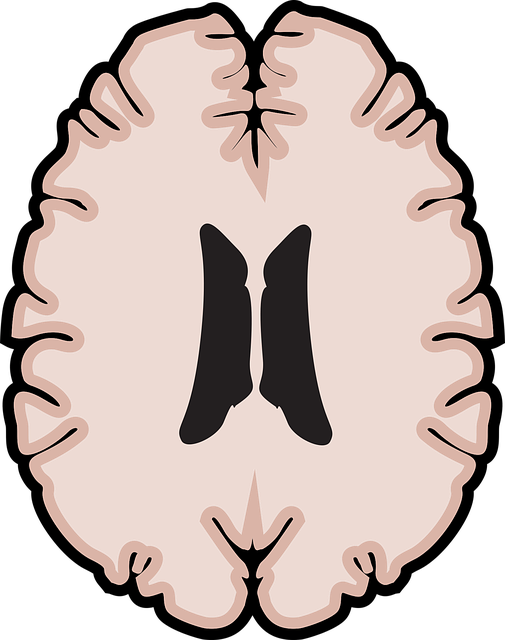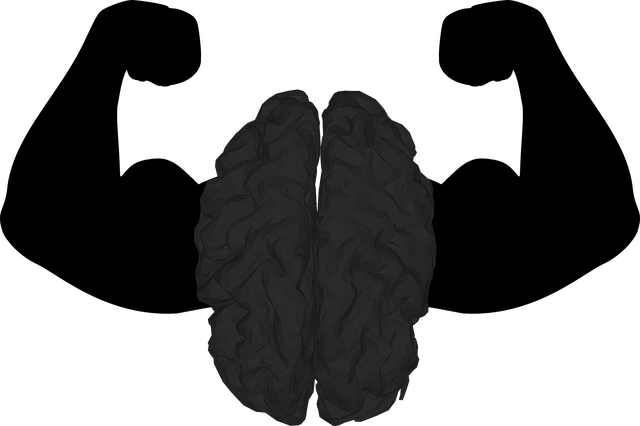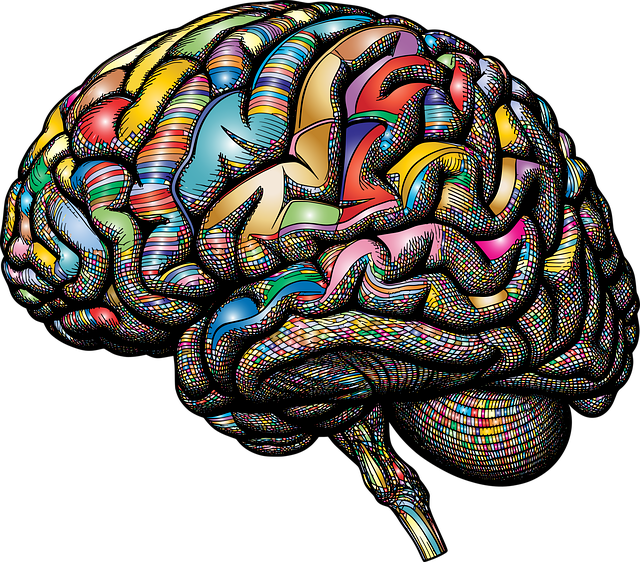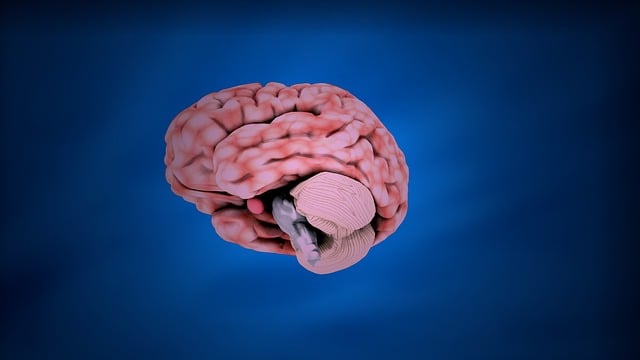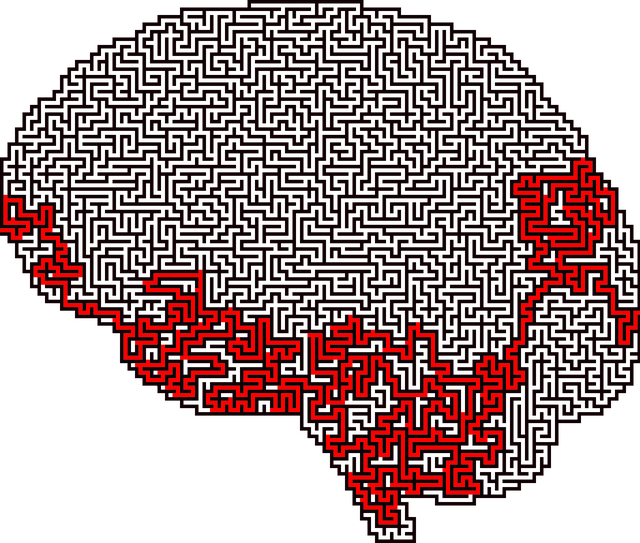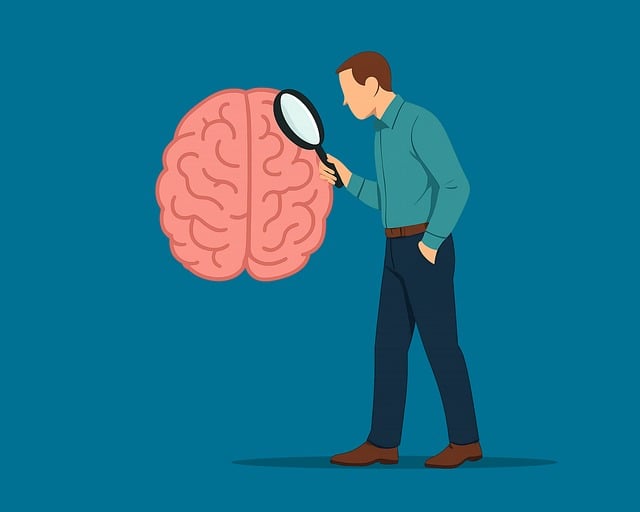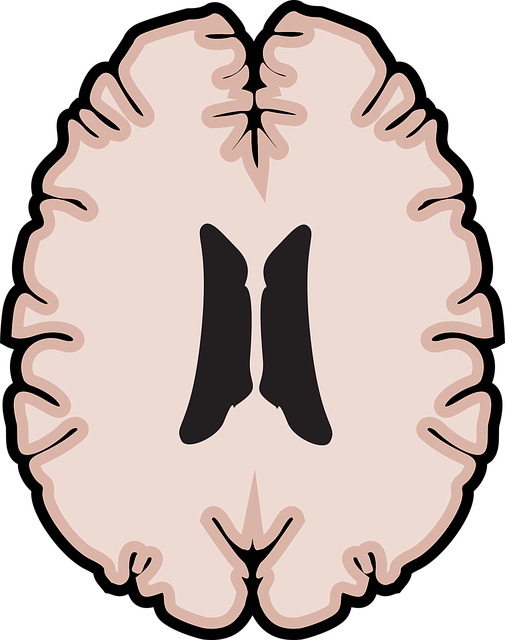Understanding US adolescent mental health policy is vital for improving access to quality care, especially for vulnerable teens, including those who are deaf or hard-of-hearing. By analyzing existing policies and initiatives like ASL therapy, advocates can address gaps and promote successful strategies, such as resilience building in schools, burnout prevention, and mental wellness coaching. Effective advocacy leverages policy to drive systemic change towards an accessible, empathetic ecosystem catering to adolescent teens' unique mental health needs. Despite progress, challenges remain, particularly in underserved areas; integrating ASL into therapy ensures tailored support for deaf teens, addressing stigma and care disparities.
Mental health policy analysis and advocacy are crucial in ensuring equitable access to care for adolescent teens. This comprehensive guide explores key aspects, starting with a foundational understanding of mental health policy and its impact on young lives. We delve into the current landscape of adolescent mental healthcare in the USA, highlighting gaps and barriers. Furthermore, we discuss the benefits of American Sign Language (ASL) therapy, a game-changer for deaf and hard-of-hearing teens. By analyzing policies and advocating for change, we can revolutionize mental health support, fostering healthier communities.
- Understanding Mental Health Policy: A Foundation for Advocacy
- The Current Landscape of Adolescent Mental Healthcare in the USA
- Exploring the Benefits of American Sign Language (ASL) Therapy for Teens
- Policy Gaps and Barriers to Effective Teen Mental Health Support
- Strategies for Effective Advocacy: Driving Change and Improving Access to Care
Understanding Mental Health Policy: A Foundation for Advocacy

Understanding Mental Health Policy is a cornerstone for advocacy efforts aimed at improving access to quality care for adolescent teens. In the United States, where 1 in 5 young people faces a mental health disorder, policies play a pivotal role in shaping support systems and resources available to this vulnerable population. Advocacy strategies should start by unpacking and analyzing existing policies that govern mental health services, education, and healthcare accessibility. This includes scrutinizing initiatives related to Therapy for Adolescent Teens using American Sign Language (ASL), ensuring cultural sensitivity and inclusivity in care delivery.
By examining policy gaps and successes, advocates can identify areas for improvement, such as promoting Resilience Building through school-based programs, integrating Burnout Prevention strategies in high-stress environments, and fostering the development of Mental Wellness Coaching Programs. Ultimately, effective advocacy leverages policy analysis to drive systemic change, aiming for a more supportive ecosystem where adolescent teens’ mental health needs are met with empathy, accessibility, and specialized care.
The Current Landscape of Adolescent Mental Healthcare in the USA

The current landscape of adolescent mental healthcare in the USA is marked by both progress and challenges. While access to therapy for adolescent teens has improved significantly over recent years, with more resources dedicated to addressing their unique emotional well-being promotion techniques, there remains a substantial gap in availability, especially in rural or underserved communities. Many young people still struggle to receive timely and appropriate mental health care, highlighting the urgent need for better integration of services within existing healthcare systems.
Crisis intervention guidance plays a critical role in mitigating risks and supporting vulnerable adolescents. However, disparities persist, with certain demographics facing barriers such as stigma, financial constraints, or lack of cultural sensitivity in existing Mental Health Education Programs Design. American Sign Language (ASL) therapy, for instance, is gaining recognition but remains underutilized, limiting access to care for deaf and hard-of-hearing teens who may face additional communication challenges in traditional therapy settings.
Exploring the Benefits of American Sign Language (ASL) Therapy for Teens

Incorporating American Sign Language (ASL) into therapy practices offers unique benefits for adolescent teens, enhancing their mental health and overall well-being. Beyond verbal communication, ASL provides a non-verbal method of expression that can be particularly powerful for teens struggling with emotional challenges. By utilizing this visual-spatial language, therapists facilitate a sense of agency and empowerment in young individuals, encouraging them to communicate openly about their feelings and experiences.
The therapeutic benefits extend beyond the initial act of communication. ASL promotes resilience building and coping skills development by providing an alternative way for teens to process and express emotions. It stimulates emotional intelligence by requiring individuals to be attuned to both visual and auditory cues, fostering a deeper understanding of themselves and others. This immersive experience can contribute to improved mental health outcomes, allowing adolescents to navigate their emotional landscapes more effectively.
Policy Gaps and Barriers to Effective Teen Mental Health Support

Despite growing recognition of mental health issues among adolescents, significant policy gaps and barriers hinder effective support in the United States. One pressing concern is the limited availability of specialized therapy services tailored for adolescent teens, particularly those who are deaf or hard of hearing. The dearth of professionals trained in American Sign Language (ASL) therapy creates a substantial obstacle to accessible care, exacerbating existing disparities in mental health treatment.
Furthermore, the persistent mental illness stigma remains a significant barrier to seeking help. Effective teen mental health support also necessitates integrating services with educational settings and promoting Mental Health Awareness through programs like Mindfulness Meditation initiatives, which can foster resilience and early intervention. Addressing these gaps requires collaborative efforts from policymakers, healthcare providers, and educators to ensure that adolescent teens receive the comprehensive care they need for optimal well-being.
Strategies for Effective Advocacy: Driving Change and Improving Access to Care

Effective advocacy strategies are instrumental in driving much-needed change and improving access to mental health care, especially for vulnerable populations like adolescent teens. One powerful approach is to leverage the American Sign Language (ASL) community’s expertise in mental wellness coaching programs. By integrating ASL into therapy sessions, advocates can ensure inclusive services tailored to deaf and hard-of-hearing teenagers. This strategy not only addresses the persistent stigma surrounding mental illness but also enhances access to care for underserved communities.
Additionally, risk management planning for mental health professionals is a critical component of advocacy efforts. Well-structured risk management plans can mitigate potential challenges faced by practitioners while providing quality care. These plans should be developed in collaboration with relevant stakeholders, including mental health organizations and government bodies, to foster a comprehensive framework for professional support and patient safety. Mental wellness coaching programs can further benefit from such initiatives, ensuring sustainable growth and positive outcomes in the long term.
Mental health policy analysis and advocacy are vital components in addressing the current gaps and barriers to effective teen mental healthcare. By understanding the foundational elements of mental health policy and exploring innovative approaches like ASL therapy, we can drive significant change. The strategies outlined in this article provide a roadmap for advocates to navigate the landscape, identify key issues, and advocate for policies that enhance access to quality care for adolescent teens, ensuring a brighter and healthier future.
